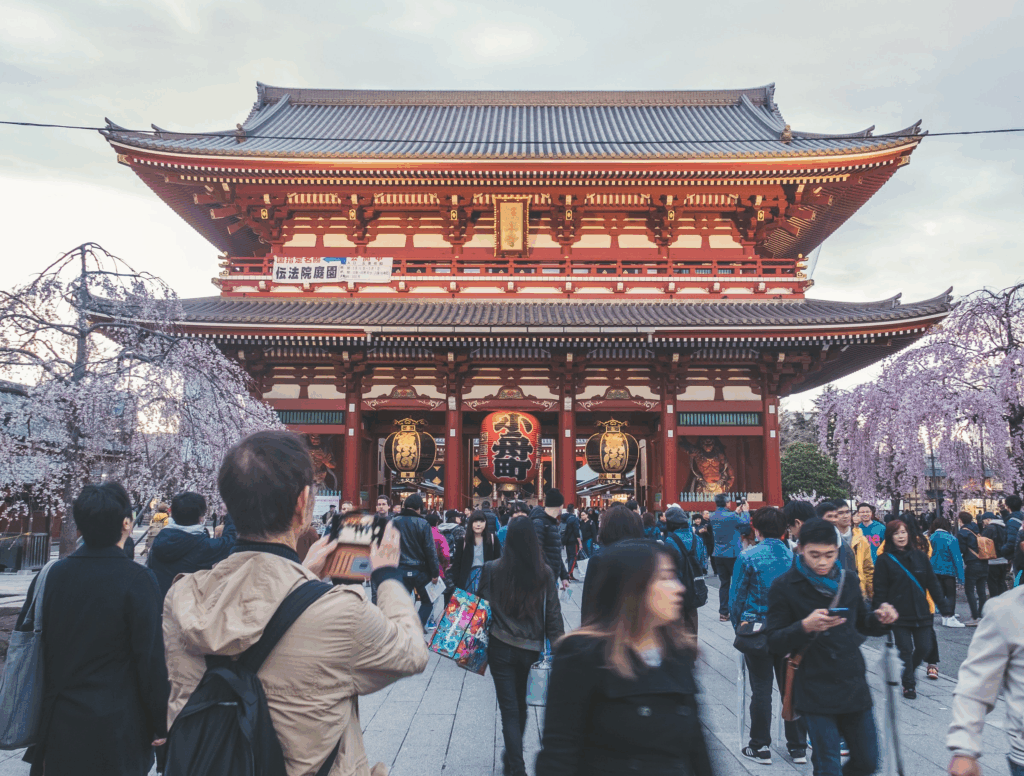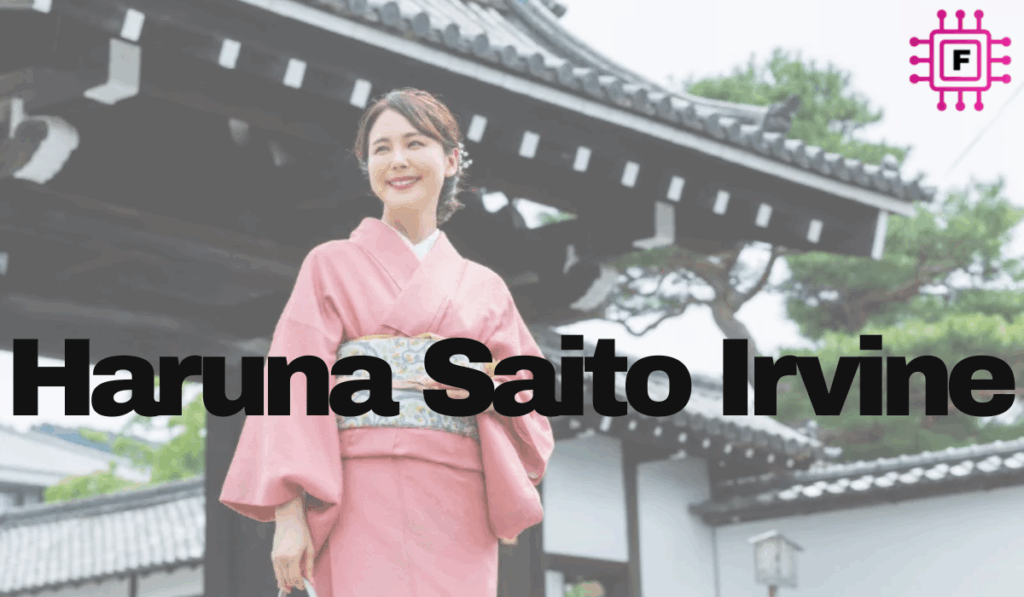In the modern world, where cross-cultural connections and innovation define personal success, few names shine as uniquely as Haruna Saito Irvine. Whether you’re discovering her for the first time or are already familiar with her growing influence, understanding the depth of her journey reveals not just a story of personal achievement but a bridge between continents, communities, and creativity.
Haruna Saito Irvine represents a rare fusion of Eastern philosophy and Western innovation from her roots in Japan to her rising prominence in Southern California. Her trajectory touches upon multiple fields—education, design, sustainability, and community leadership—making her a figure worth watching in this evolving global narrative.
The Cultural Tapestry of Haruna Saito Irvine
Understanding Haruna Saito Irvine means understanding how heritage and place mold identity. Born in Kyoto, Japan, Haruna was raised in a traditional family with deep ties to craftsmanship and community values. Her early life was influenced by tea ceremonies, calligraphy, and seasonal festivals—cultural experiences that nurtured a deep respect for balance, beauty, and mindfulness.
But what truly set her apart from a young age was her curiosity. She was drawn not only to Japanese traditions but also to global ideas. A multilingual learner, Haruna picked up English and French in her early teens and became fascinated by the contrasts between cultures—how they solve problems, how they express creativity, and how they organize society.
Her eventual relocation to Irvine, California, was not just a geographical move—it was a symbolic step into a new world of possibility. The multicultural, innovative spirit of Irvine provided fertile ground for her ideas to flourish. And she didn’t just adapt—she reinvented herself while staying true to her cultural DNA.
Education as a Foundation of Vision
Haruna Saito Irvine’s academic path is notable not just for its prestige but for how she blended her interests. After earning a BA in Environmental Design in Tokyo, she pursued a Master’s in Urban Innovation from a California-based university renowned for its interdisciplinary approach.
During her studies, Haruna focused on sustainable urban environments—fusing the Japanese principle of “satoyama” (harmony between nature and humans) with California’s forward-thinking green architecture. Her research papers on urban space usage, eco-conscious design, and modular living structures received attention from thought leaders in both academia and private industry.
She later earned certifications in cross-cultural leadership and human-centered design, tools that would become key in her consultancy and public initiatives in the Irvine area.
Design Thinking Meets Cultural Intelligence
Haruna Saito Irvine isn’t just a designer—she’s a thinker. Her projects in Irvine and surrounding cities reflect a unique integration of aesthetics, functionality, and cultural awareness.
For example, she collaborated with local municipalities on creating community spaces that foster inclusivity. By using design elements inspired by both traditional Japanese gardens and Californian open-space layouts, her projects emphasize wellness, contemplation, and social interaction.
Her influence is especially evident in the Irvine Global Garden Project, where she served as both strategist and co-designer. The space now serves as a model for eco-conscious design, using recycled materials, native plants, and natural lighting strategies—all concepts Haruna championed. It’s not just a park; it’s a living classroom where sustainability and art intersect.
The keyword “Haruna Saito Irvine” became associated with innovation, not just in design but in approach, rooted in empathy, observation, and a drive to connect cultures through environments.
Haruna Saito Irvine: Building Cross-Cultural Infrastructure
Haruna’s real genius lies in her ability to connect disparate worlds. With her platform CrossCultivate, she has organized international design residencies, collaborative hackathons, and student exchanges between Japan and Southern California.
Connecting Innovation with Inclusion
The initiative’s standout success was a 6-month design lab that paired Japanese architects with Californian software developers to reimagine smart cities. The final presentations showcased everything from solar-powered meditation pods to AI-assisted elder care stations—blending tech with compassion, much like Haruna herself.
This initiative catapulted the name Haruna Saito Irvine into the radar of global institutions like the World Design Organization and the Urban Sustainability Index.
Community Empowerment and Leadership
In Irvine, Haruna is more than a designer—she’s a civic voice. She sits on local advisory panels and is deeply involved in youth mentorship, particularly in underrepresented communities.
A Leader in Equity-Focused Urbanism
Her “Small Voices, Big Cities” campaign allowed young people to reimagine their neighborhoods. Students designed 3D models and submitted stories, many of which were showcased in a city-wide exhibit that drew record attendance.
She also co-developed a “Placemaking for All” toolkit, now being piloted in Irvine’s public schools, to teach kids about inclusive design principles. It’s clear that Haruna Saito Irvine sees the city not just as a place to live, but as a place to learn.
Online Influence and Content Leadership
Haruna’s digital platforms have become incubators for bold ideas in design, culture, and community. Her blog posts are frequently featured on design aggregator sites, and she has built an international following through her bilingual video series.
Thought Leadership That Inspires Action
Among her most impactful pieces:
- “Why Every Bench Tells a Story: Designing with Emotion”
- “The Future of Soft Cities: Rethinking Urban Hardscapes”
- “From Zen Gardens to Co-Working Cafés: How Culture Shapes Space”
Each post is carefully crafted with strong SEO practices, often targeting niche long-tail keywords like “human-centric public space” and “cross-cultural city design,” which now include rising search volumes for Haruna Saito Irvine.

The Saito Synergy Model: A New Paradigm in Urban Design
Perhaps her most lasting intellectual contribution is the Saito Synergy Model, which offers a new lens for community planning and innovation. It blends mindfulness, multi-sensory design, and generational dialogue into a cohesive system.
Redefining Community Through Emotional Mapping
Unlike conventional design models that prioritize efficiency, Haruna’s model begins with emotional resonance: How does this space feel to a 5-year-old? A refugee? An elder with mobility issues?
Her workshops based on this model are gaining popularity in universities and local governments alike. The model is now being translated into multiple languages, making it one of the few grassroots-originating frameworks to gain international traction.
Recognition and Forward Momentum
In just a few years, Haruna Saito Irvine has become one of the most original voices in civic design and cultural innovation. Her list of accolades continues to grow, and her future looks even more promising.
What Comes Next for Haruna Saito Irvine?
She’s currently developing a hybrid curriculum that merges design ethics, cultural literacy, and environmental science. Her next project is rumored to be a “living library”—a public space where architecture, botany, and storytelling converge.
And of course, her consultancy continues to work with cities and nonprofits to develop design solutions that honor both tradition and change.
Final Thoughts
The legacy of Haruna Saito Irvine is not just in buildings or workshops, but in the stories she brings to life—stories of resilience, cultural nuance, and possibility. She invites us to ask bigger questions about the spaces we inhabit and the communities we create.
In a world craving authenticity and connection, Haruna’s approach is both timely and timeless. Whether you’re a student, an urban planner, or simply a curious mind, her journey offers a masterclass in cross-cultural creativity and sustainable thinking.
Please Visit Our Website Also: fintechzoom .io



